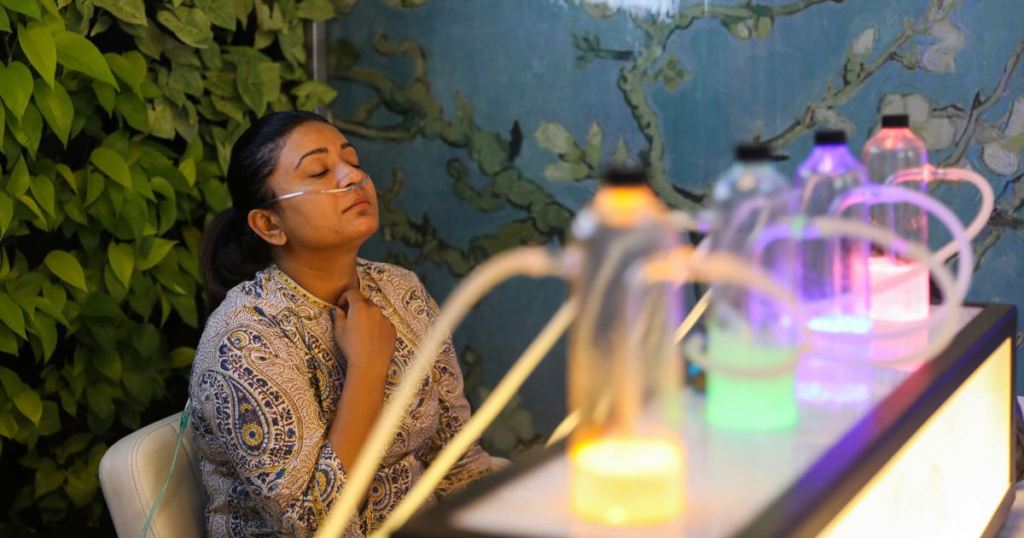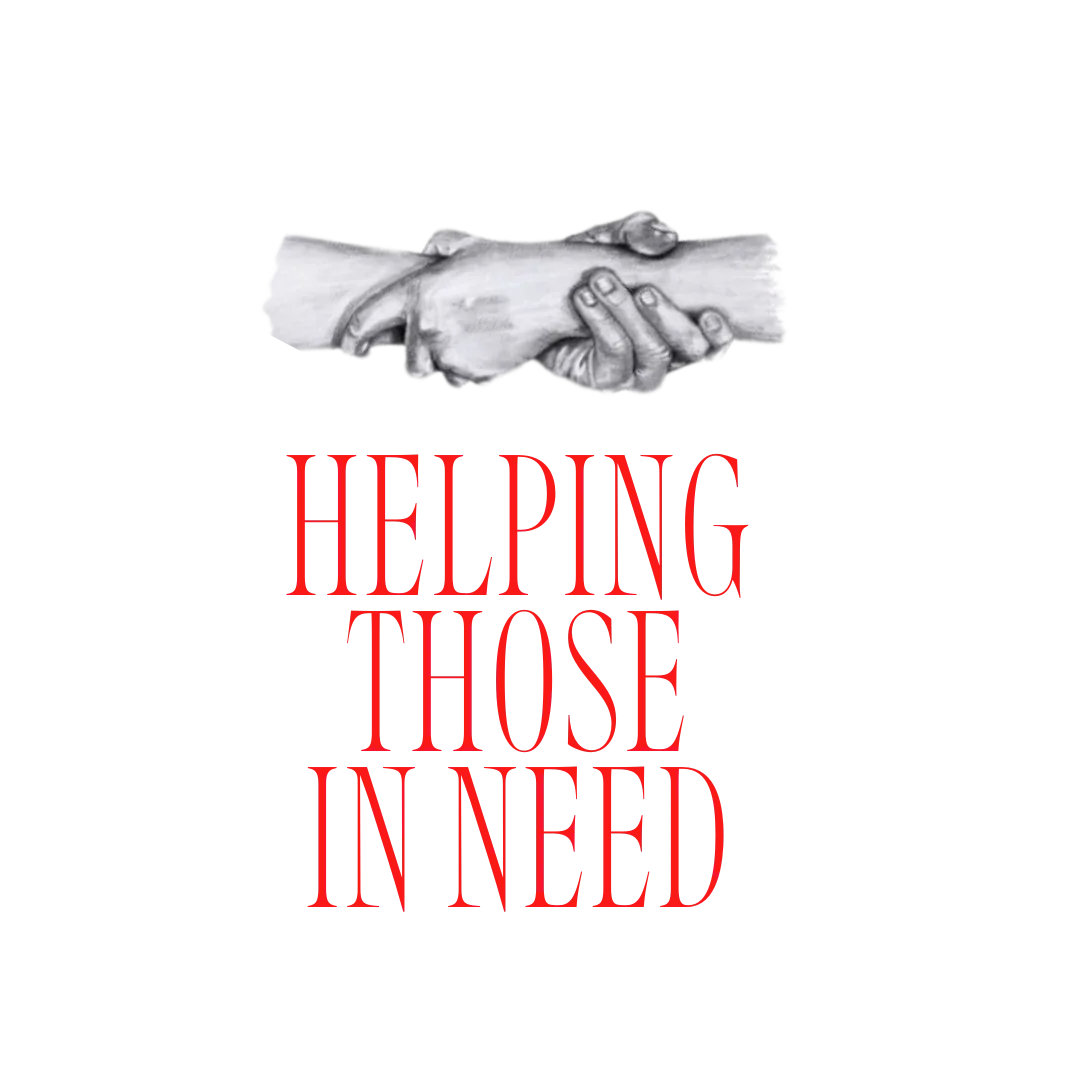Worldwide, air pollution is second only to tobacco as the leading cause of lung cancer. Delhi customarily sits atop lists of the world’s most polluted capitals, made worse by pollution season commencing earlier than usual this year on account of lower rainfall.
The problem worsens in winter, when farmers living in neighbouring states burn crop stubble. It doesn’t help that wind speed is low, trapping pollutants commonly produced by fireworks prompting their banning. Nevertheless, they remain popular especially during the Hindu festival of Diwali.
Crop-burning isn’t the only thing specific to India that worsens air pollution. The country depends on coal for electricity production because it’s easily available, not to mention cheap. There are also small-scale brick manufacturing businesses in their thousands in northern India. These use coal, fire and basic chimneys. Siddharth Singh is an air pollution researcher and the author of The Great Smog of India. He described these businesses as a “major contributor to the problem.” Pollution during Diwali is almost twice the average level.
The air quality index at 37 monitoring states in Delhi was recently over 200. Per the Delhi Pollution Control Committee, this is 45% higher than the year before. One day, the average was 445, and in some places, it was more than 520. More than 200 is “poor,” while more than 300 is “very poor.” Over 400 is “severe.” This measures the level of PM (particulate matter) 2.5 – particles with a diameter of 2.5 micrometres or less. It’s dangerous because it can penetrate deep into the respiratory system. A number of adverse health effects may result. These include asthma attacks, bronchitis, hospital admission for heart or lung conditions, respiratory symptoms, restricted activity days and even death.
Breathing this is as bad as smoking 10 cancer sticks a day. As clean air activist Jyoti Lavakare stated, “A new-born in Delhi is a smoker from its first breath.” Chronic air pollution reduces lung capacity. Doctors have reported an inexorable rise in breathlessness, headaches and sore throats. The University of Chicago’s Energy Policy Institute conducted a study in 2023. This found air pollution was shortening the average life expectancy of Delhi residents by 11.9 years.
Dr Sumit Ray heads critical care at Delhi’s Holy Family Hospital. He remarked that many people in their 20s and 30s who have resided in Delhi for a long period “now have a smoker’s lung” despite never having smoked. Hence, “a 40-year old will have the lungs of a person who has smoked for 20 years, almost.” In 2019, the story came to light of a 28-year-old Delhi woman who didn’t smoke but had stage four lung cancer.
Dr Arvind Kumar is a chest surgeon at Medanta Hospital in Gurugram, near Delhi. He was the founding trustee of the Lung Care Foundation. In 1988, 90% of Kumar’s patients smoked cigarettes and were mostly in their 50s and 60s. Come 2018, 50% didn’t smoke and were mostly in their 40s. Some were in their 30s while a few were in their 20s. He used to see black deposits on the lungs of smokers, with this rare in non-smokers. Now, a normal pink lung is “a rarity.” When a city is as polluted as Delhi, “there is
no true non-smoker.”
Pollution is so dire, Delhi has oxygen bars where people can pay to breathe pure oxygen. The cost is 700– 1,300 rupees (£7–£13) for 15 minutes. Dr Kumar condemned this as “cash[ing] in on this health crisis.”

It’s believed that the failure of authorities to act is due to lack of political will. A statement by Ann Harrison, a climate advisor for Amnesty International, read, “The annual air emergency in Delhi is neither a new problem, nor one that comes without warning.” Government failure to protect people from exposure to dirty air in Delhi was “violating their human rights to life and health.”
In the past, there were government instructions to sprinkle water on roads to reduce dust. Two 80-foot high smog towers erected at a cost of over £2 million don’t work, scientists believe. Shweta Narayan is a global climate and health campaigner at the organisation Health Care Without Harm. She decried these measures as “posturing” and “hogwash.” She told the Indy that air pollution “needs to be treated as a human problem and not a technical problem.” Rather than “blaming the same actors over and over again,” she insisted that there is a requirement for courage to “stand up to powerful industries” which are generating pollutants free of consequence. Dr Kumar highlighted that instead of polluting air and then cleaning it, it was necessary to control the sources of pollution.

While those who are wealthy can stay indoors or purchase an air purifier, others don’t have this option. Dr Kumar pointed out that the poor tend to work closer to the roads, brick-manufacturers and construction sites. This leads to exposure to more pollution.
Aarti Khosla is the director of the Delhi-based strategic communications initiative Climate Trends. She described the measures necessary to tackle Delhi’s dreadful air pollution: closing old power plants, managing emissions from industry and improving the quality of public transport so more people use it.
There are other ways to go about it. If car use is unavoidable, share journeys. Around 9,000 restaurants in Delhi use coal; there should be a ban on doing so by those that seat more than 10 people. It would be beneficial to improve infrastructure for collection and disposal of rubbish and ban unauthorised burning.
There is a need to support the odd-even scheme. This sees cars allowed into Delhi when their registration numbers end with either an odd or an even number on certain days. There are fines of 2,000 rupees (£20) for those who ignore the rule.





















